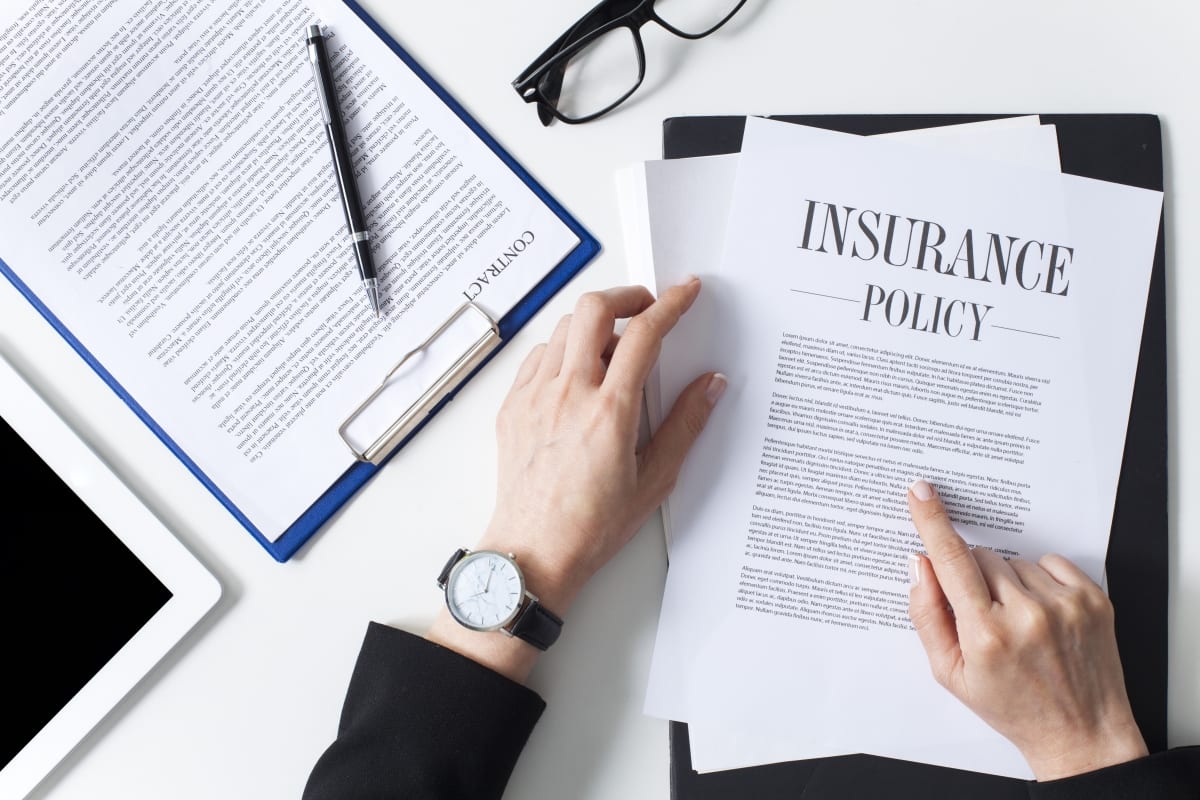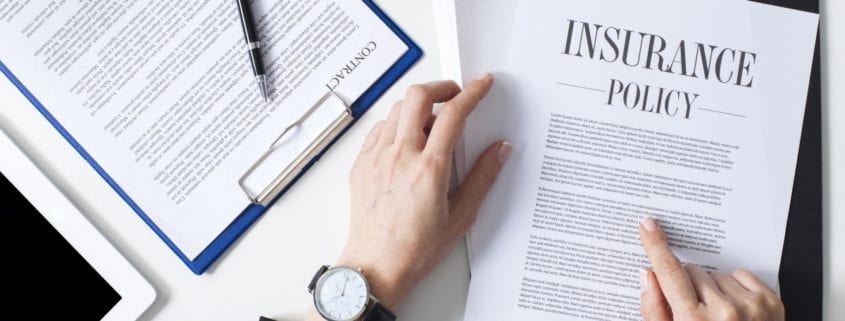Proof of Insurance Ultimate Guide

Proof of Insurance: What it Is and How to Get It
As a driver, there are a few items you should always keep with you in order to be at the ready if asked to show them: Your driver’s license, vehicle registration and proof of insurance. Let’s take a look at proof of insurance, which can be kept in your car’s glove compartment.
What is Proof of Insurance?
Almost every state requires drivers carry car insurance, and the document that you currently own valid coverage. Depending on where you live, proof of insurance can indicate your coverage meets the minimum requirements.
It can take the form of an insurance card, a printed document or, in many states, a digital copy of your card.
Although it can vary, proof of insurance generally includes details such as:
- Names of people insured
- Your address
- Vehicle Identification Number (VIN) of the insured vehicle
- Insurance policy number
- The policy’s effective and expiration dates
- Coverage amounts
How to Get It
When you buy an insurance policy you will receive proof of insurance. It will come to you by email or fax after you’ve paid your first premium. You’ll receive an insurance card or a letter to use.
Digital proof
More and more, drivers can be given access to your proof of insurance card digitally using the insurer’s mobile app. Other providers allow you to download a copy onto a digital device such as a cell phone. State requirements vary. For example, while most states allow electronic proof, New Mexico does not.
Why You Need Proof of Insurance
There are several scenarios in which you could be asked for your proof of auto insurance.
1. Moving violations
If you’re pulled over due to a moving violation, the police officer will ask to see your license and proof of insurance. If you don’t have documentation showing proof of insurance, the officer will give you a ticket. In cases where you have proof but not with you, you can take it with you on your court date and show that you were insured at the time of the incident. You may have to pay an administrative fee, but your citation will be waived.
2. Car accidents
If you’re in a car accident, you’ll need to show proof of insurance to the other driver to show you have insurance. Proof of auto insurance conveniently includes how to contact you and your insurance company, along with an overview of your policy.
3. Car registration
Not all, but most states require you to have insurance before you register your vehicle, so you need to show your coverage proof. Be sure to check with your state DMV to find out what the process is.
4. Certificate of Financial Responsibility
An SR-22 (or FR-44 in some states) form can be used as proof of insurance. This is a document that is given to you if you have your driver’s license suspended due to a DUI or other such offense. It can be used as proof that you have at least the minimum coverage in order to reinstate your license.
When you apply to purchase a new auto insurance policy, you’ll likely be asked if you need a SR-22 or FR-44. After you have bought the new policy, the insurance company typically files a certificate for you. The filing fee will be your responsibility; the fee is usually at least $25, but could be more.
What Happens if You Drive Without Insurance?
There could be a situation where your policy is cancelled. Even though you still have your proof of insurance, keep in mind that many states use electronic databases to verify your coverage status.
Depending on your state of residence, penalties for driving without insurance coverage might include a fine, suspension or cancellation of your driver’s license, or maybe even some time in jail. Find out what the insurance guidelines are in your state using our interactive map.
Obtaining Proof of Prior Insurance
When you want to buy a new auto insurance policy, the insurance company might ask you to first verify your insurance history with proof of insurance. If you are unable to provide proof of your old policy, you’ll need to call your old carrier to provide it. Your new provider might instead go directly to your prior insurer to obtain proof.
The new provider will look to see if there are lapses in your insurance history. If you have lapsed in your payments in the past, your premiums might be priced at a higher rate. If the state’s DMV reports to the company that you are not truly insured, you could get a high quote or even be denied.
Beware the Fake Proof of Insurance
Even though almost all states require drivers to be insured, some try to get away with staying uninsured.
It is easy to download images of fake proof of insurance cards from the internet. Using one might get you through one spot—you use it when you are pulled over—but when you’re in an accident, using a fake insurance card is serious business. Depending on your state, you could be given a hefty fine, your license could be suspended or revoked, or you could go to jail.
Some fake cards look so real, complete with legitimate brands and logos, you might be fooled into thinking they are for your own past insurance company. Some are from fake insurance companies who even sell illegitimate policies to unsuspecting folks.
So, the bottom line here is, do not use a fake insurance card. Besides putting you at risk of paying the price from a legal standpoint, you will also have to pay for damages if you’re in a car accident.
Get Legitimate Coverage
Are you ready to explore the possibilities with a new auto insurance policy? Make it quick and easy using the EINSURANCE quote generator to receive quotes from several carriers. Or call (866) 845-3808 to learn more.

 EINSURANCE
EINSURANCE EINSURANCE
EINSURANCE EINSURANCE
EINSURANCE